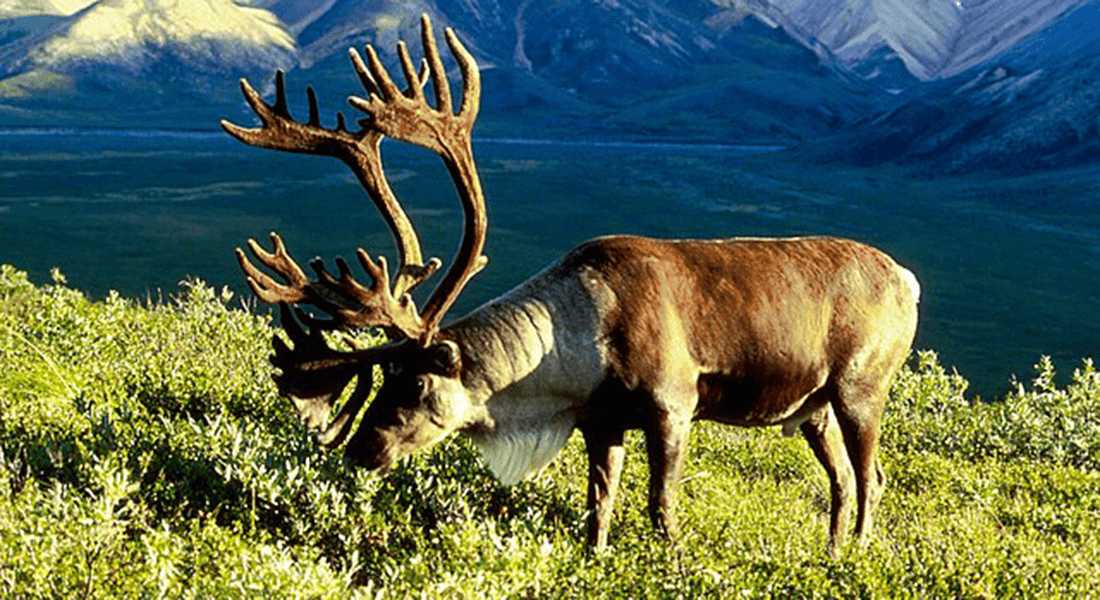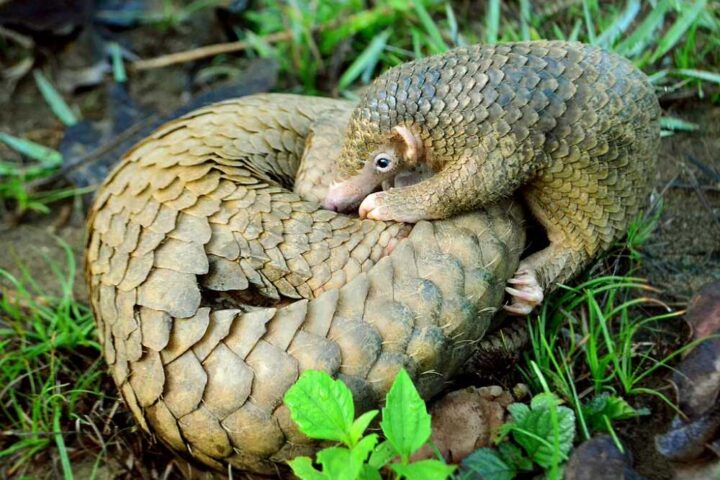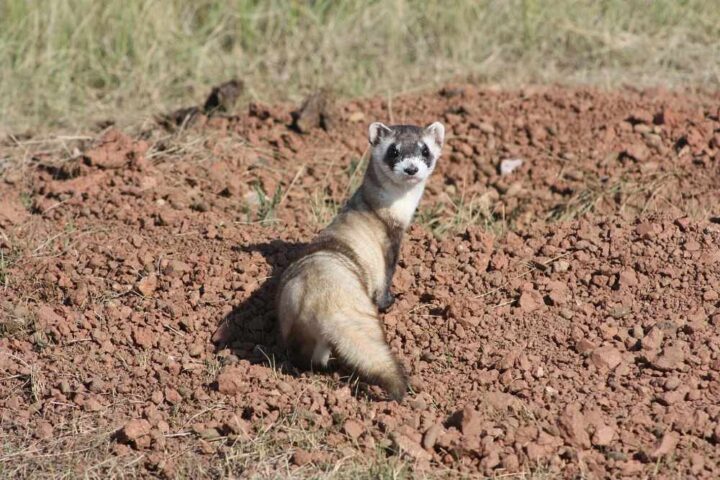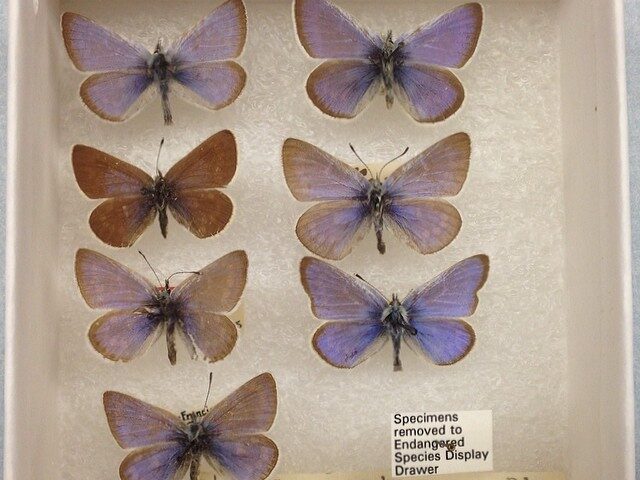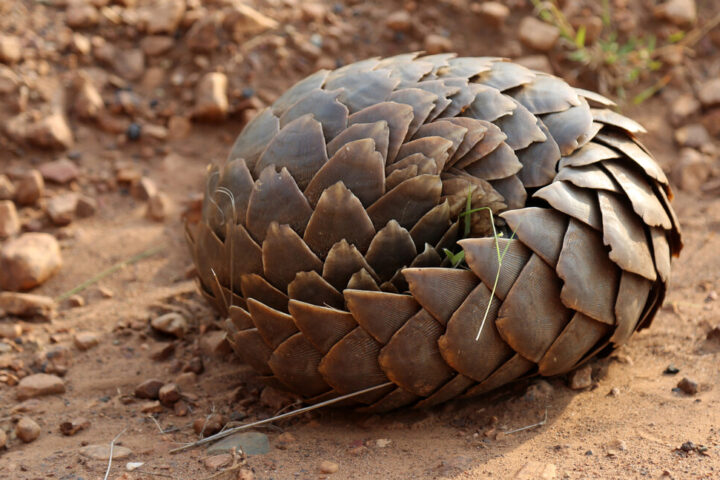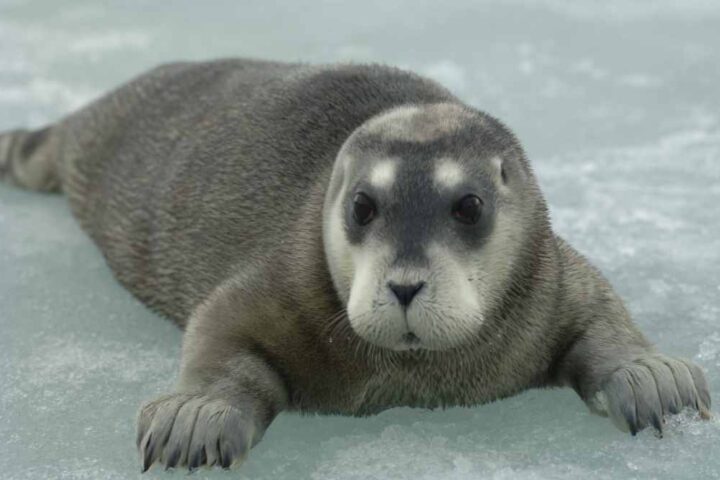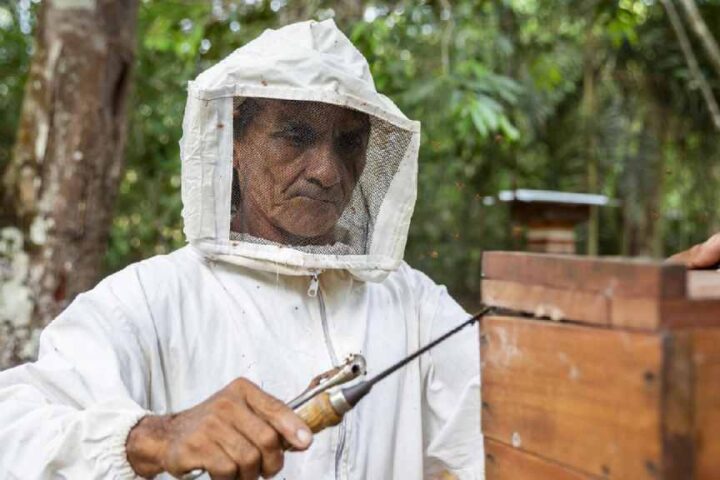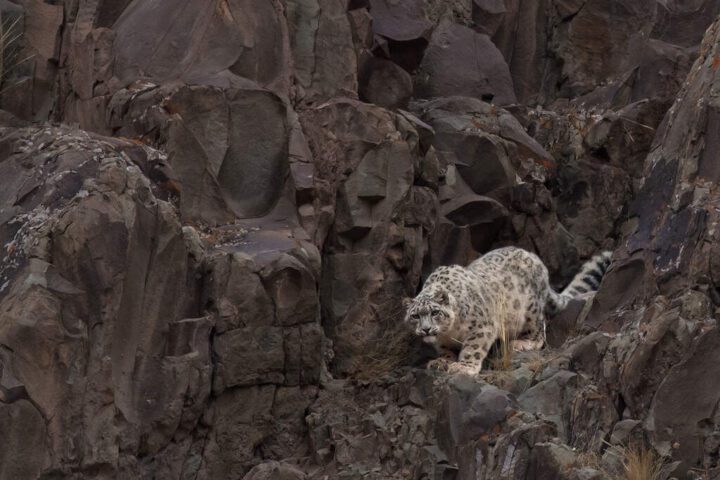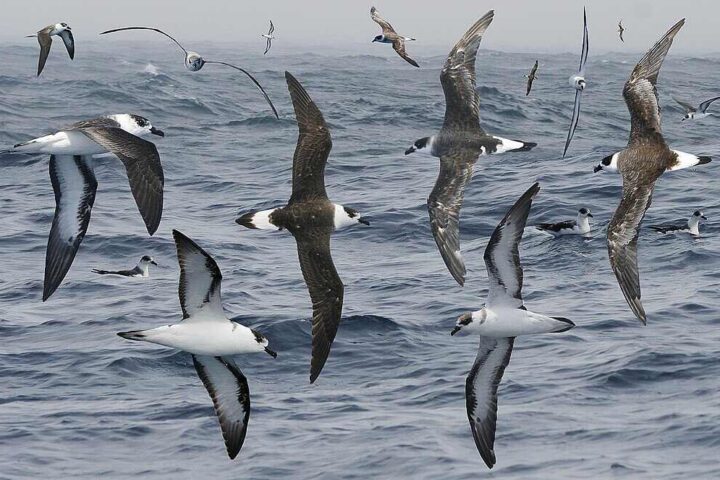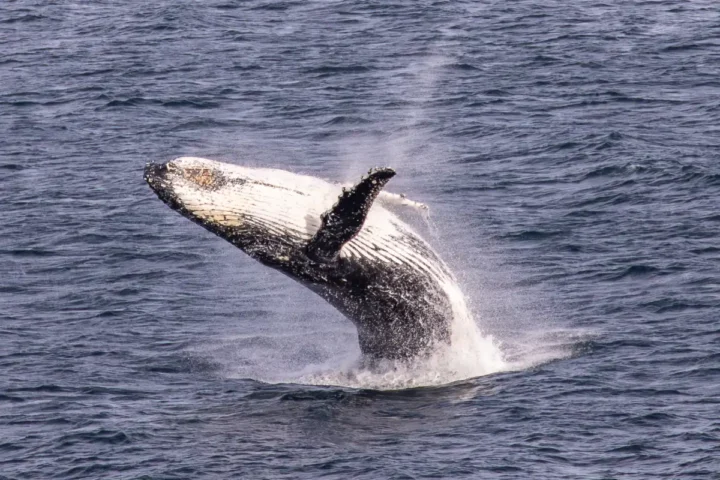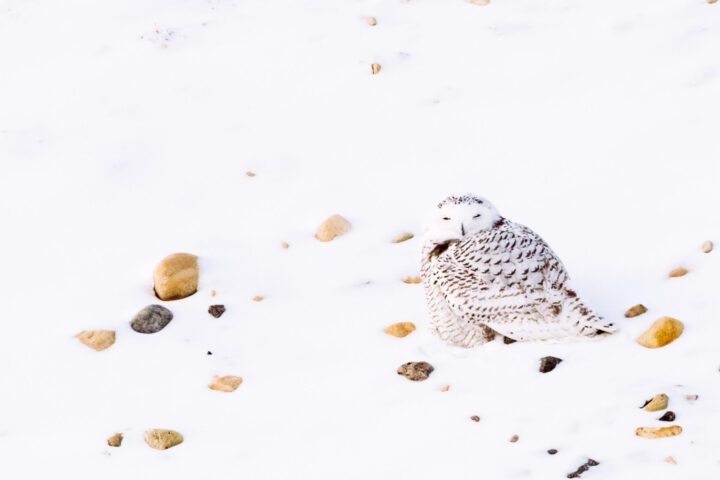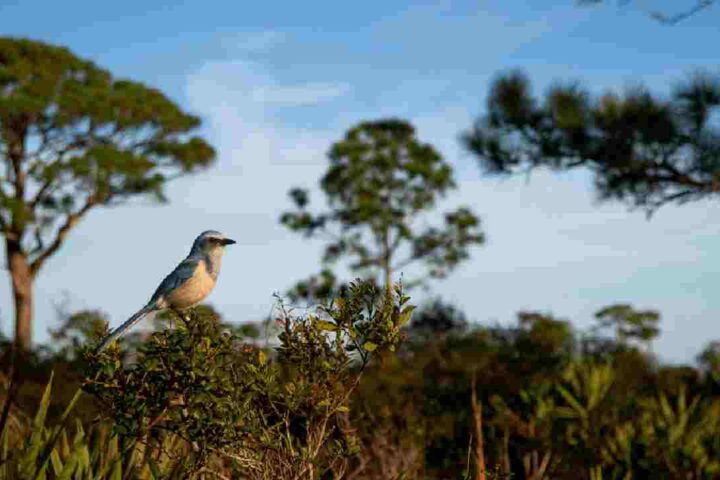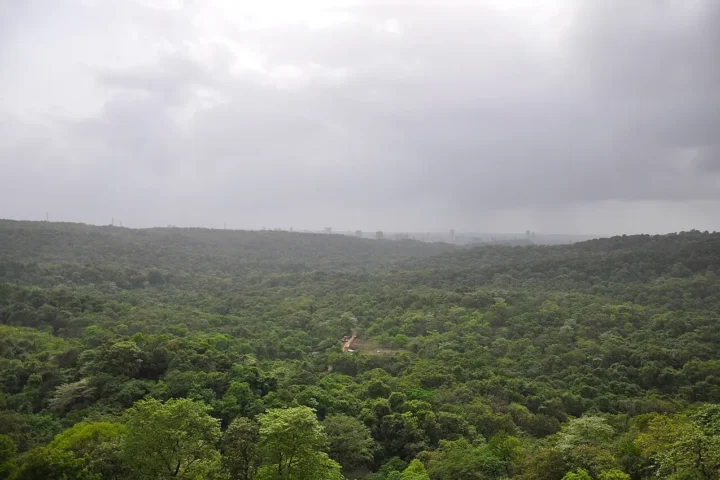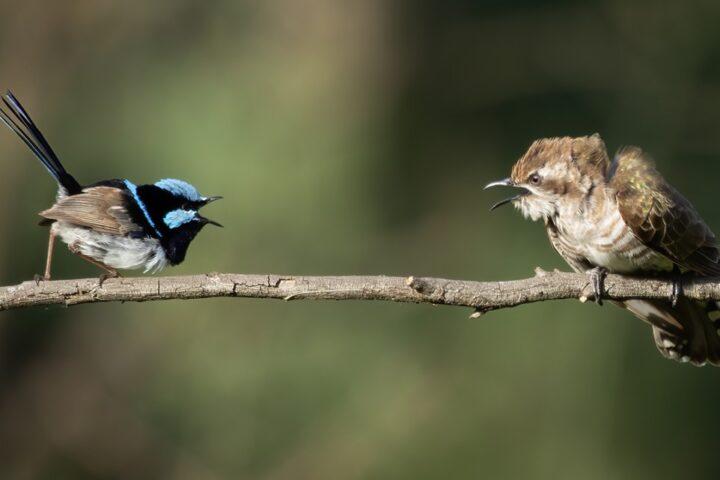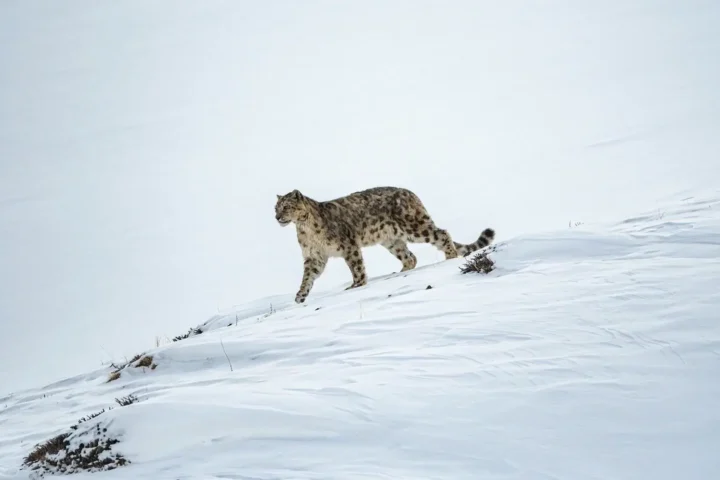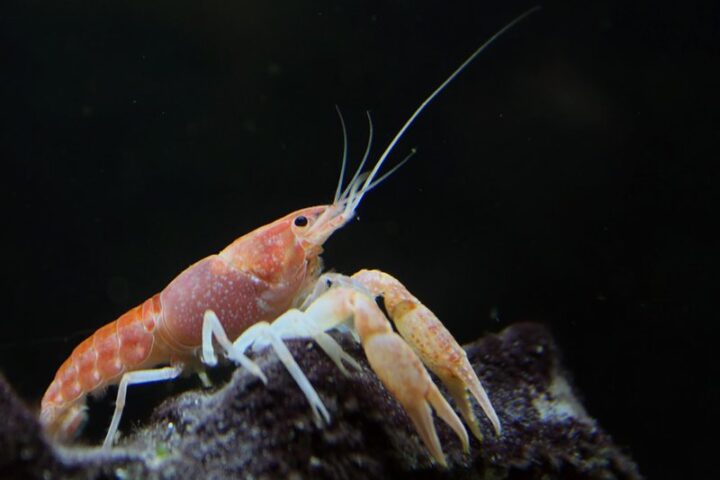Wild reindeer and caribou populations could shrink by up to 80% in parts of the Arctic by 2100, with North American herds facing the greatest risk, according to new research published in Science Advances.
Scientists from the University of Copenhagen and University of Adelaide reconstructed 21,000 years of reindeer history using fossils, ancient DNA, and computer models to predict how these iconic Arctic animals might fare as the climate continues to warm.
The outlook is grim. Climate change has already contributed to the loss of nearly two-thirds of global reindeer and caribou abundance over just the past three decades.
“Using fossils, ancient DNA and computer models, we reconstructed changes in the abundance and distribution of reindeer over the past 21,000 years at resolutions never done before, and we directly compared these to future predictions,” said Dr. Elisabetta Canteri, a postdoctoral researcher involved in the study.
The research shows that while reindeer have survived past climate shifts, the speed and intensity of current warming poses unprecedented challenges.
“This revealed that populations of reindeer have experienced major declines during periods of rapid climate warming, but the losses expected in the coming decades due to future climate change are likely to be even more severe than those in the past,” Canteri explained.
North America’s Vulnerable Herds
The situation is particularly dire for wild North American caribou. Under high-emissions scenarios, these populations could see an 84% population drop and lose 71% of their range by century’s end. Even with moderate emissions cuts, researchers project a 42% population decline and 21% range loss.
Real-world examples already show troubling declines. The George River herd has crashed by approximately 99% in less than 30 years, while the Mulchatna herd has declined by about 95% over a similar period.
“Our forecasts show that wild populations in North America are most at risk from climate warming, with declines of up to 80 per cent likely by 2100 unless there are major cuts to greenhouse gas emissions and increased investment in wildlife management and conservation,” said Associate Professor Damien Fordham from the University of Adelaide.
How Climate Change Threatens Reindeer
Climate change creates multiple hazards for reindeer survival. Increasing winter rain instead of snow creates ice sheets that lock away lichen, a critical winter food source. When rain falls on snow and then freezes, it forms a thick crust that reindeer can’t break through to reach food, leading to starvation.
This “rain-on-snow” phenomenon is becoming more frequent in the Arctic. Studies show these events have devastating impacts, with tens of thousands of reindeer starving when unable to access food beneath the ice.
Similar Posts
Ecosystem and Cultural Impacts
Reindeer play a crucial role in Arctic ecosystems by helping maintain plant diversity through their grazing patterns.
“A reduction in tundra plant diversity will have cascading effects on carbon uptake, soil nutrient availability, and even on how well the landscape can reflect light,” explained Professor Eric Post from the University of California, Davis.
Beyond ecological concerns, reindeer declines threaten the food security, livelihoods, and cultural identity of Indigenous and local Arctic communities who have depended on these animals for generations.
What Can Be Done?
Researchers emphasize that addressing this crisis requires both climate action and targeted conservation efforts. These include protecting migration corridors, limiting habitat fragmentation, and developing herd-specific recovery plans.
“Our results flag an immediate need to increase investments in the management and conservation of wild reindeer populations, particularly in North America, where losses are forecast to be greatest,” Fordham stressed.
“This will not only benefit the persistence of this species and the services it provides to Arctic ecosystems but also help maintain the livelihoods and well-being of many Arctic communities that depend on it.”
